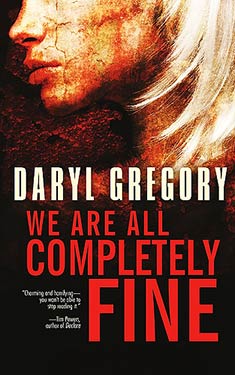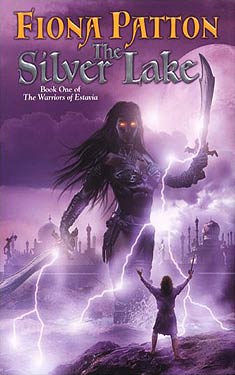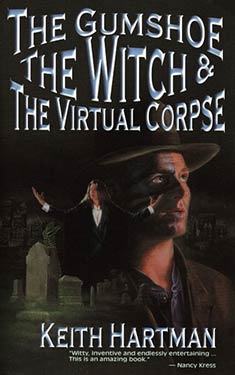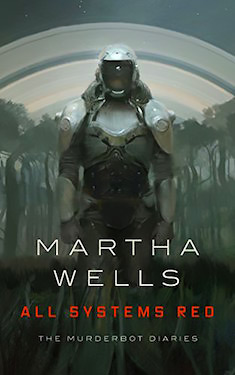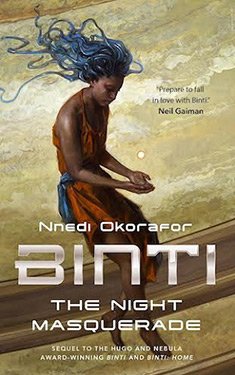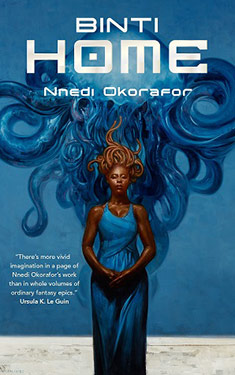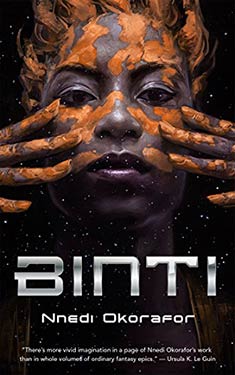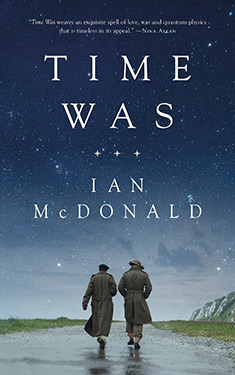Daryl
Gregory
Completed 2/24/2019,
Reviewed 2/24/2019
4 stars
I’ve been in
a couple of group therapy settings in my life.
My participation in them ranged from very talkative to very quiet. As I’ve grown older, I’ve had a harder time
expressing my feelings about almost anything.
I’ve come to be known as the nice, quiet guy at group, work, and even the
bar (where I only drink diet soda). So reading
a novella about a group therapy session was extremely intriguing. Gregory got a lot of things right, from the
one person who usually dominated the discussion, to the nice, quiet person who
didn’t contribute much. What made this
extra intriguing was that the common factor among the participants was that all
of them had some sort of bizarre or possibly supernatural experience. Their therapist is the only one seems to
believe their stories and thinks sharing them might begin to heal them. This novella won a World Fantasy Award and a Shirley
Jackson Award for horror/psychological suspense.
The therapy
group consists of six people. Harrison
is known as the monster detective. Stan
survived having his limbs eaten by cannibals.
Barbara had her bones scrimshawed by the Scrimshander, while they were
still in her body. Martin wears sunglasses
all the time, which allows him to play a video game that has evolved into
seeing monsters not emanating from the game.
Greta has strange designs scarified into most of her skin. And of course, there’s the therapist, Jan,
who supposedly believes everyone’s story, and that they can heal from their
experiences in a group setting.
What struck
me the most was the character development.
In under two hundred pages, Gregory managed to make six believable and
very different characters. He gives you
their stories within the context of the therapy so that it’s not all info dump.
This kept the pages turning without
making you feel like you just wanted to get past a bunch of exposition. Within the context of the therapy, we also
come to find out that one of the participants seemingly is a monster. The main plot of the book is discovery of the
monster and how it is overcome.
The one
thing I didn’t care for in the book was that although the story was told in
third person, there were times when there was first person plural narration, i.e.
“we” statements. Now, I read this book
over a week’s time because I couldn’t read it at work, and I was seeing a lot
of movies at the theater in the evenings.
So I may have forgotten or missed who the “we” is in the story. It seemed like it was no one. Rather it was the voice of the group, as if it
was its own character. I found that a little
confusing and distracting at times.
I give the
book four stars out of five. Aside from
being confused by the change in voice, I found the story quite riveting. The characters made the group therapy
sessions come alive, and I was very involved with the participants’ ups and
downs.
